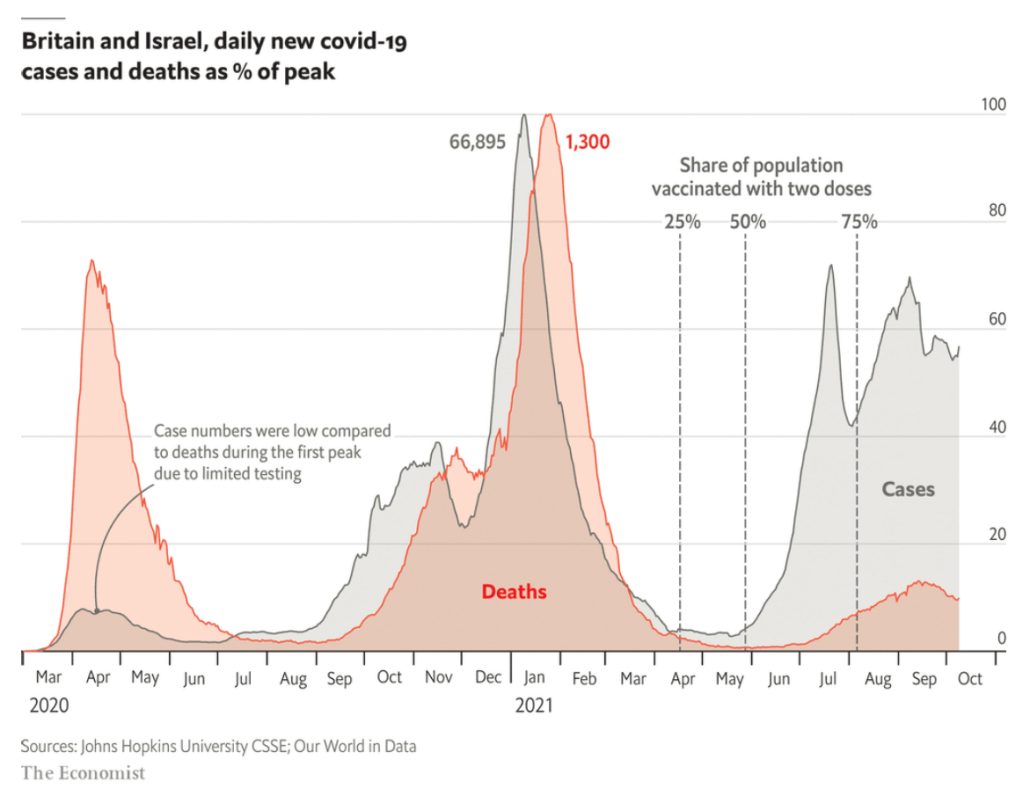Before the pandemic came along, it was relatively more difficult to get students to be truly interested in the topic of specificity and sensitivity. And in a sense, understandably so. By that I do not mean the topic is not important – it absolutely is – but rather that I can understand why eyes may glaze over just a little bit:
Sensitivity and specificity mathematically describe the accuracy of a test which reports the presence or absence of a condition. If individuals who have the condition are considered “positive” and those who don’t are considered “negative”, then sensitivity is a measure of how well a test can identify true positives and specificity is a measure of how well a test can identify true negatives
https://en.wikipedia.org/wiki/Sensitivity_and_specificity
But when we’ve all got skin in the game, it’s a whole other story.
“We’re going to learn all about specificity and sensitivity today” is one way to begin a class on the topic.
“Let’s say you self-administered a Rapid Antigen Test in 2020, and the test came back positive. Do you have Covid or not?” is another.
Incentives matter!
I’ve linked to this thread before, but it is worth sharing once again, for it remains the best way to quickly grok both what specificity and sensitivity are, but also to get a sense of how to untangle the two in your own head:
Why do I bring this up today? Because now that we’re past the pandemic, how do we now motivate students to learn about specificity and sensitivity?
By asking, as it turns out, if we’d prefer detection systems to pick up on more objects in the sky (sensitivity), or get better at picking up only the relevant objects in the sky (specificity)!
After the transit of the spy balloon this month, the North American Aerospace Defense Command, or NORAD, adjusted its radar system to make it more sensitive. As a result, the number of objects it detected increased sharply. In other words, NORAD is picking up more incursions because it is looking for them, spurred on by the heightened awareness caused by the furor over the spy balloon, which floated over the continental United States for a week before an F-22 shot it down on Feb. 4.
https://nyti.ms/3HUWnGD
To a statistician, it doesn’t matter if it’s objects in the sky or objects in your body. The principle remains the same, and it is the principle that you should internalize as a student. But also, it is equally important that you ask yourself a very important, and a very underrated question once you’ve learned the principle in question:
Where else is this applicable?
I cannot begin to tell you how much more interesting things become when you ask and answer this question. UFO’s and viruses in your body – what a class in statistics this would be!
No?


